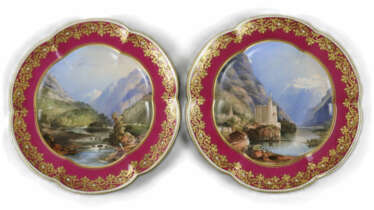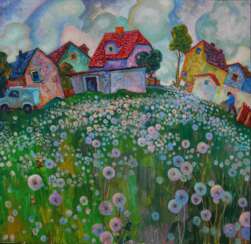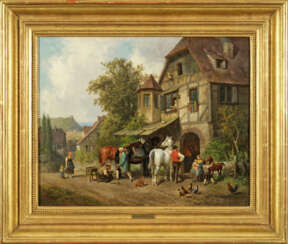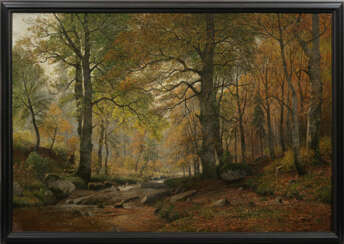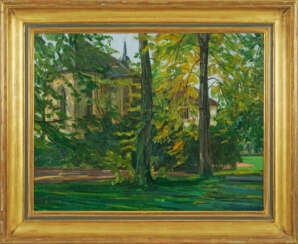landschaftsmalerei



Leopold Rottmann was a German painter of the mid-nineteenth century. He is known as a landscape painter who worked in oil painting and watercolor.
Leopold Rottmann was a proponent of naturalistic and heroic-historical painting. He was the drawing teacher of the future King Ludwig II of Bavaria. Later commissioned by Ludwig, who was inspired by Richard Wagner, Rottmann created the artwork for the production of the composer's opera Lohengrin in 1861.


Rudolf Grossmann (German: Rudolf Grossmann, or Großmann), full name Rudolf Wilhelm Walther Grossmann, was a German painter, draftsman, illustrator and graphic artist.
Born into an artistic family, Grossmann began his education in painting and printmaking at the Düsseldorf Academy before continuing his studies in Paris with Lucien Simon and Pouleroz. Among his best-known works are various portrait drawings of celebrities, notably those published in the satirical periodical Simplicissimus; he was also known for his book illustrations. Grossmann began publishing his prints in 1905, and many major publishers in Germany and France commissioned his work. He later concentrated on figurative works and urban scenes, which showed the influence of Cézanne and Pasquin.
From 1928 until Hitler's Nazi Party came to power, Grossmann taught at the Berlin Royal School of Art and was a member of the Berlin Secession and the Deutsche Kunstlerbund. In 1934, his work, like that of many of his colleagues, was stigmatized as degenerate and confiscated by the Nazi government, and he was disbarred from practicing his profession. He soon left for Freiberg im Beisgau, where he died on November 28, 1941.


Rudolf Grossmann (German: Rudolf Grossmann, or Großmann), full name Rudolf Wilhelm Walther Grossmann, was a German painter, draftsman, illustrator and graphic artist.
Born into an artistic family, Grossmann began his education in painting and printmaking at the Düsseldorf Academy before continuing his studies in Paris with Lucien Simon and Pouleroz. Among his best-known works are various portrait drawings of celebrities, notably those published in the satirical periodical Simplicissimus; he was also known for his book illustrations. Grossmann began publishing his prints in 1905, and many major publishers in Germany and France commissioned his work. He later concentrated on figurative works and urban scenes, which showed the influence of Cézanne and Pasquin.
From 1928 until Hitler's Nazi Party came to power, Grossmann taught at the Berlin Royal School of Art and was a member of the Berlin Secession and the Deutsche Kunstlerbund. In 1934, his work, like that of many of his colleagues, was stigmatized as degenerate and confiscated by the Nazi government, and he was disbarred from practicing his profession. He soon left for Freiberg im Beisgau, where he died on November 28, 1941.

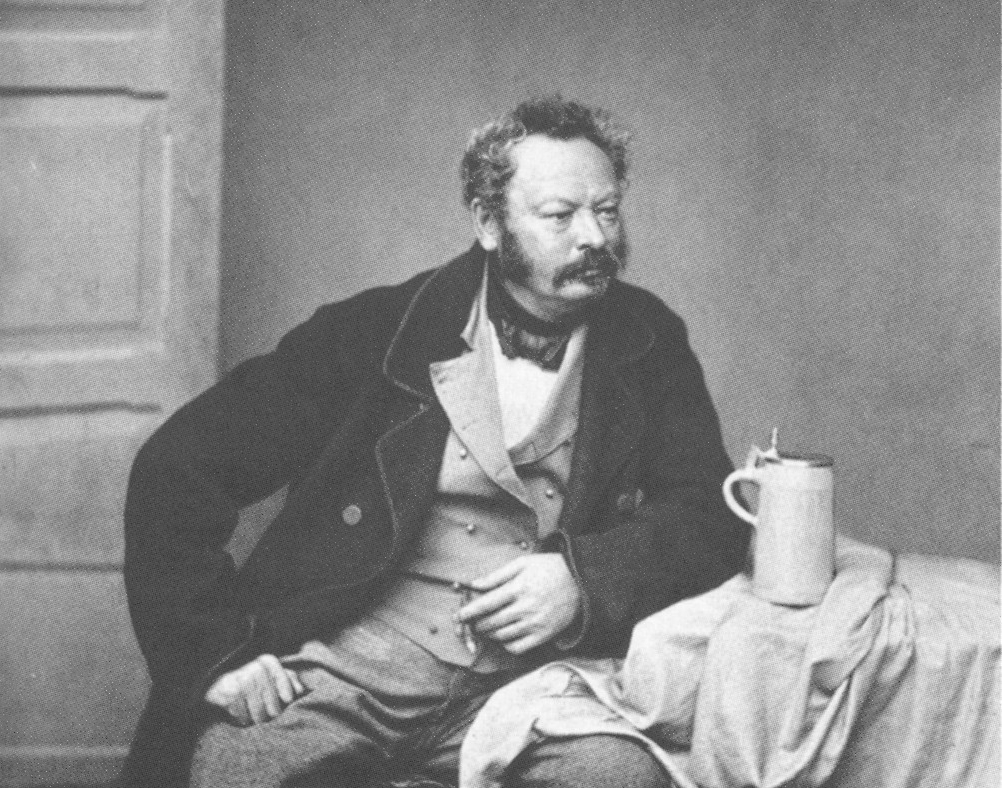
Heinrich Bürkel was a German artist of the mid-nineteenth century. He is known as a painter and graphic artist, representative of the Biedermeier style.
Heinrich Bürkel specialized in genre and landscape paintings, especially winter landscapes. He often used Staffage and depicted animals. His work showed the influence of the old Dutch and Italian masters. Bürkel enjoyed great popularity, his paintings were actively acquired for private collections, including in America. The master painted about 1000 paintings and created about 6000 drawings.


Christian Friedrich Mali was a German painter of the second half of the nineteenth and early twentieth centuries of Dutch origin. He is known as an animalist, landscape painter and genre painter of the Munich school.
Mali focused more on landscapes early in his career, favoring the landscapes of Garmisch-Partenkirchen and the Swabian Alps. After traveling to Italy, he pursued architectural painting. He later moved to Paris, where he became interested in animalistic painting, creating genre images depicting domestic animals.


Adolf Gustav Schweitzer was a German painter who specialised in winter landscapes.


Heinrich Wilhelm Trübner was a German realist painter of the circle of Wilhelm Leibl.


Walter Dexel was a German painter, commercial graphic designer, and transportation planner. He also functioned as an art historian and directed a museum in Braunschweig during the Second World War.


Carl Spitzweg was a German romanticist painter, especially of genre subjects. He is considered to be one of the most important artists of the Biedermeier era.



Carl Spitzweg was a German romanticist painter, especially of genre subjects. He is considered to be one of the most important artists of the Biedermeier era.

